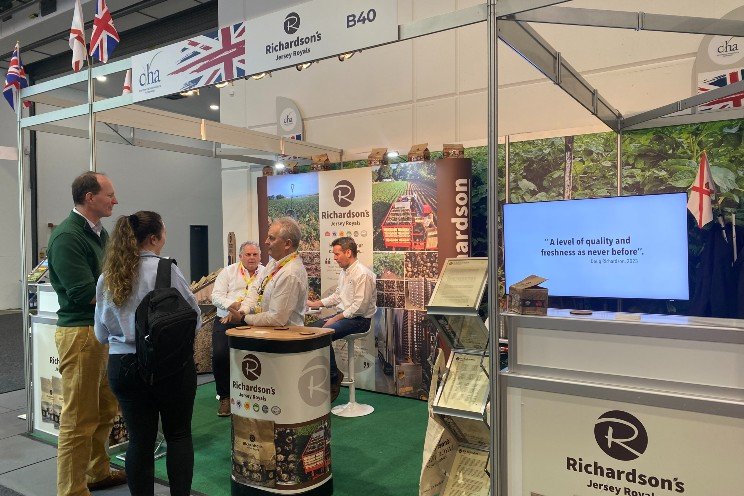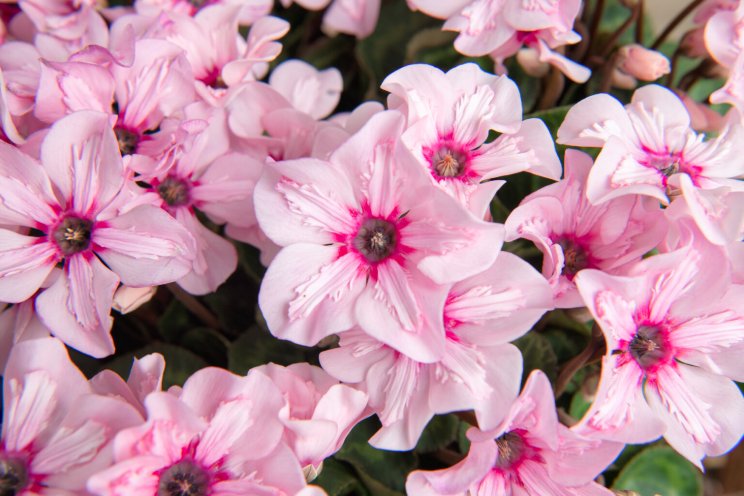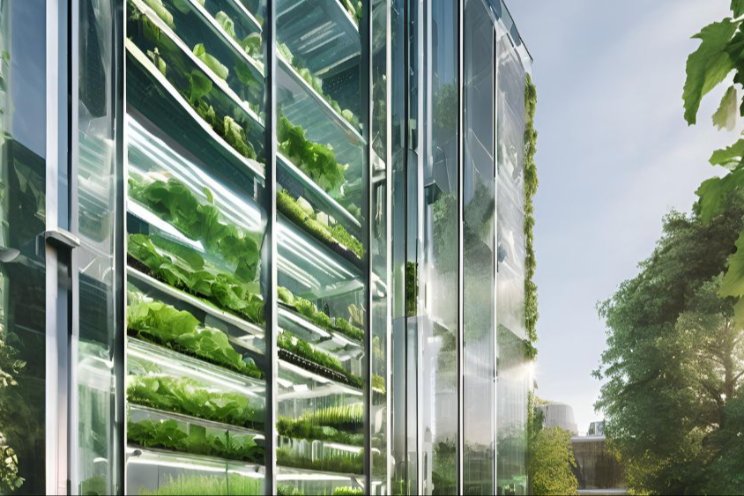Why is HVAC so hard for indoor farms
Added on 24 June 2022
Plants
It's essential to recognize that the primary occupant is a plant, typically many plants. In an indoor farm, managing humidity and temperature is critical to the health and development of plants. Plants do not go home at night, and they do not go to the office in the morning. Plants interact with interactive building systems.
The plants have changing and fluctuating needs over time, both on a daily basis (photoperiod vs. dark period) and on a weekly or monthly basis (vegetative vs. flowering stages). They are frequently grown in the same spot in the room and can't get up to change the thermostat (or humidistat) on the wall when it gets too cold or too humid.
All these factors require the engineering of HVAC systems that can monitor and respond to - even predict - the changes in the indoor plant environment.
Technology
Designed for commercial and residential applications, conventional HVAC systems primarily focus on temperature management. Building codes have driven HVAC systems toward energy efficiency to reduce carbon emissions and reduce the demand on power supplies.
Continue reading.
Photo created by freepic.diller - www.freepic.com
Source: Greenhouse Grower
More news















